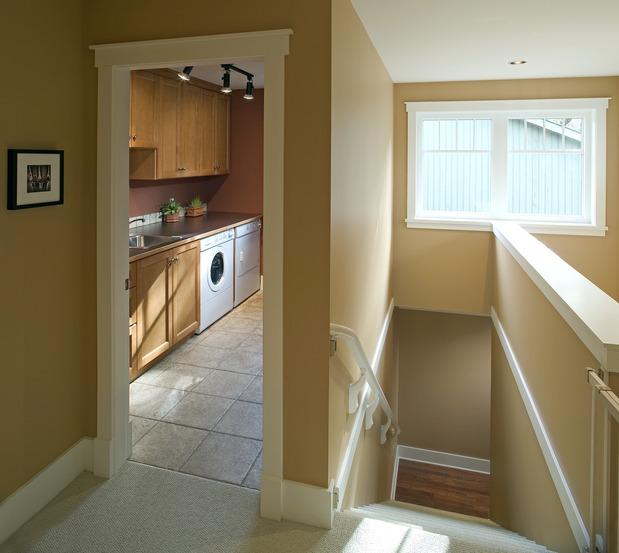Sealing Plastic Tiles
See if We Have Top-Rated
Tile Contractors in Your Area

Whether you're dealing with ceramic, stone, or plastic tile, sealing is a very important process that will not only keep your installation looking better longer, but can also reduce the frequency of maintenance and replacement. If your kitchen or bathroom is due for a tile upgrade, here are a few things to consider about the sealant you use, the type of tile you're sealing, and what this task can mean for you!
Plastic Tile Sealing
Though in the past it might have been considered a cheap alternative to better materials, homeowners nationwide are beginning to see the many benefits of plastic tile. Sealing is
Sometimes viewed as less important with this material than it is with others, but the fact is: Plastic tile sealing is still going to give you additional protection. Plastic tile is generally installed without grout, and as moisture can definitely penetrate between plastic tiles at joints and seams, over time your plastic tile can loosen and/or become a breeding ground for mold and mildew. Sealing plastic tile is usually done by applying a clear caulk at the seams where tiles meet; this clear caulk will help keep moisture from penetrating behind your tiles, but will not have any significant effect on how the installation looks.
Sealing Stone Tile
When it comes to sealing, stone tile is one of the most needy materials on the market. Though many people view stone as an impenetrable surface, all natural stone and stone tile is porous and must be sealed to prevent stains. If you have grout between your stone tiles, sealing is even more important. Sealing stone tile is generally not difficult and rarely needs to be performed frequently, but using any cleaner that you wouldn't use on your hands can wear away your sealant quickly, decreasing the time between sealing and upping the lifetime cost of the installation. If you have stone tile in your kitchen or bathroom, use only cleaning products designed for stone surfaces and test your tile periodically by dripping some water on the surface and timing how long it takes to sink in. If the water is absorbed in under 15 minutes, it's probably time to reseal.
Porcelain Tile Sealing
No kind of tile is more popular in kitchens, bathrooms, and other moisture-rich areas than porcelain tile. Sealing porcelain tile is more a process of sealing the grout between the tiles, as the shiny, incredibly durable surface of porcelain tile is extraordinarily tough and difficult to penetrate. In fact, for glazed porcelain tile, sealing is generally not recommended for anything but the grout in between the tiles because no sealant is stronger than the existing surface!
Need some help with your tile? Click here to
Install New TileThe grout between porcelain tiles is, especially in older installations, very porous. When exposed to enough moisture, the grout can become unstable, causing tiles to loosen or fall out; old grout can also house bacteria, mold, or mildew. In such situations, it is often advised that the surface of the grout be removed all together and replaced with brand new grout before it is sealed. The re-grouting process can extend the life of your tile installation, and when combined with a tile buff and polish, may give you the look of a brand new tile installation at a fraction of the cost!
New Grout Sealing Products
Though far from the most glamorous task in the home improvement industry, the effort grout and sealant manufacturers have put into their products over the past few decades has made resealing and re-grouting extremely effective. New grout sealing products can remain impenetrable for far longer than their predecessors, and new grout itself is more resistant to stains. Make no mistake: Working with grout gets tedious quickly. However, as even the most high-end grout and sealant products are relatively inexpensive, the affordable processes of re-grouting and resealing are worth every minute!
More Tips & Advice For Your Home
- Recent Articles

